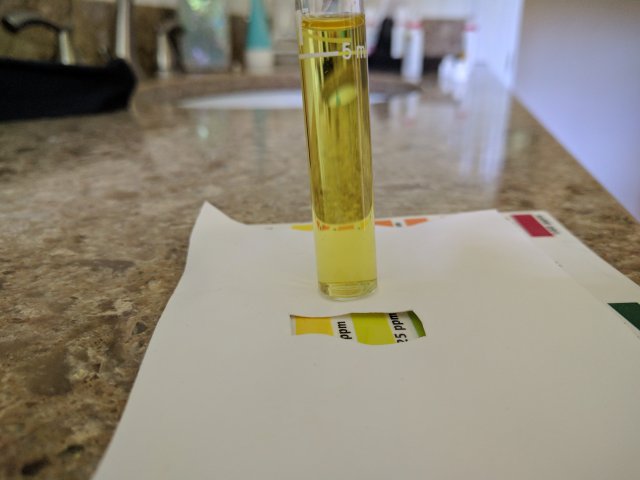As far as nitrate reduction, personally I wouldn't bank on Safe resolving that much, if any.
Hello; I have been following the water chemistry threads for a few years with the hope of improving my understanding. I will attempt to summarize a bit about the nitrates.
In an established tank with a balance of the various types of beneficial bacteria (bb) this is referred to as a "cycled" tank. Fish and the decay of organic material in a tank produce metabolic waste that includes ammonia. The bb are part of a naturally evolved process that will convert the ammonia first into nitrites and then the second team of bb convert nitrites into nitrates.
My take is there is not a group of bacteria that can further process the nitrates and these nitrates will accumulate in a closed system such as an aquarium.
Live plants can use these nitrates in their growth process and remove some. To be effective the plants need to have constant growth and overall increase in size. The nitrates becoming locked up in the plant structures. It apparently requires that a lot of the plant parts need to be harvested and removed from the tank on an ongoing basis. To me this means clipping a lot of old leaves and removal of such plant parts from the tank. I no longer allow old leaves to decay in a tank. I also have been harvesting whole plants from my tanks and taking them to a fish shop for store credit.
Another way to take advantage of live plants is to grow plants outside of the aquarium but with the roots somehow in the tank water. This way the roots can take up the nitrates and incorporate them into the plant body. I think a plant called pythos is popular for this.
I think a third way may be the use of what is called an "algae scrubber". I have not tried one of these as yet. A type of light arranged outside the tank with tank water flowing thru a plumbed system so that the light encourages growth of algae on some type of mat. I guess the mat has the algae cleaned off from time to time. There are threads about this.
The most common method of removing the nitrates is the Water change (WC). Some folks go to both ends of the extremes on WC. Some change near 90% water every day or two while others go for weeks between WC. A local area shop suggests two week intervials.
I have very light stocking density and lots of live plants so tend to go somewhere between a week and two weeks. One exception in my fry tanks which get up to three WC a week.
Hope this helps.






